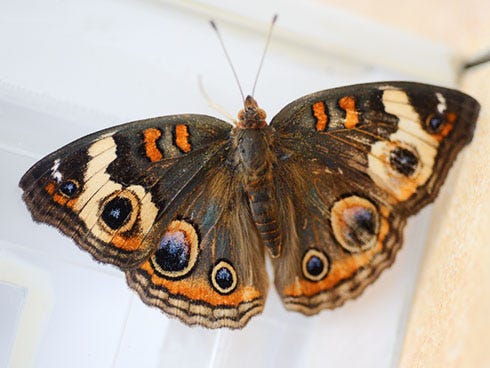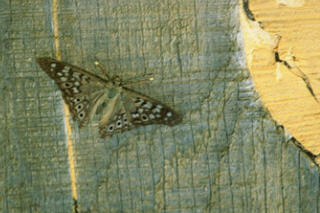Butterflies are insects that belong to the order Lepidoptera, which also includes moths. They are known for their colorful wings and their ability to fly. There are over 18,000 species of butterflies, which can be found on every continent except Antarctica.
Butterflies go through a process called metamorphosis during their life cycle. This process involves four stages: egg, larva (caterpillar), pupa (chrysalis), and adult. The eggs are laid on a plant and hatch into larvae, or caterpillars. Caterpillars spend most of their time eating and growing. When they are ready to transform into an adult butterfly, they form a pupa, or chrysalis, which is a hardened casing around their body. Inside the pupa, the caterpillar transforms into a butterfly.
Butterflies are important pollinators, which means they help flowers reproduce by carrying pollen from one flower to another. Many plants rely on butterflies for pollination, and in turn, butterflies rely on these plants for food. Most butterflies feed on nectar from flowers, but some species also feed on tree sap, fruit, and even rotting flesh.
Butterflies are often seen as symbols of transformation and change because of their metamorphosis process. They are also associated with beauty, grace, and freedom due to their colorful wings and ability to fly. In many cultures, butterflies are also believed to have spiritual or supernatural significance.
Overall, butterflies are fascinating and important creatures that play a vital role in the ecosystem. They are a beloved and iconic part of the natural world, and their beauty and grace have inspired people for centuries.









